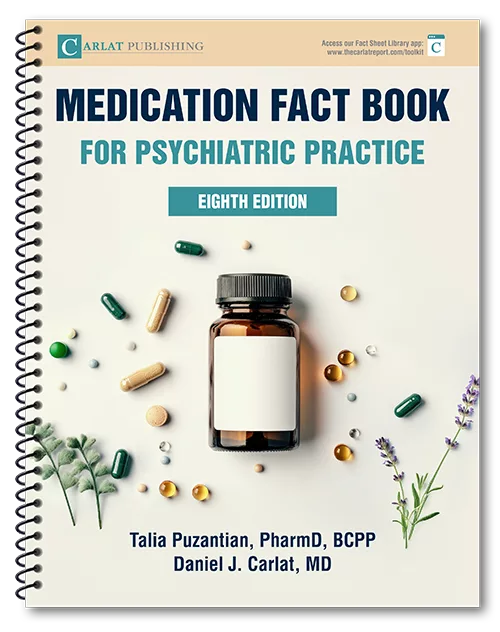Side Effects in Depression
Fernando Espí Forcén, MD. Dr. Forcén has no financial relationships with companies related to this material.
REVIEW OF: Braund TA et al, Transl Psychiatry 2021;11(1):417
STUDY TYPE: Secondary analysis of a randomized controlled trial
Side effects are burdensome to patients, but do they also get in the way of recovery? This study sought to clarify how side effects change over time and whether they impede recovery in major depressive disorder.
This was a secondary analysis of the International Study to Predict Optimized Treatment in Depression (iSPOT-D) trial, a randomized controlled trial that began in 2008 and is still ongoing. The trial randomized adults in psychiatric and primary care clinics with major depression to open-label treatment with escitalopram, sertraline, or venlafaxine XR (there was no placebo arm). This analysis gathered data from 1,008 participants (mean age 38) at day 4 and weeks 2, 4, 6, and 8. Side effects were assessed with a seven-point patient-rated scale, the Frequency, Intensity, and Burden of Side Effects Rating scale. Depression was measured with the Hamilton Depression Rating Scale (HDRS) and the Quick Inventory of Depressive Symptomatology (QIDS), and anxiety was assessed with the anxiety/somatization factor in the HDRS. A linear mixed-effects model tested whether side effects or anxiety had any effect on mood outcomes.
The frequency and intensity of side effects peaked at week 2 and then tended to fade over the next six weeks. However, the perceived burden of these side effects did not diminish over time. Frequency and intensity were not associated with mood outcomes, while the perceived burden of side effects was associated with poorer outcomes on the patient-rated QIDS but not the clinician-rated HDRS. This association between burden and mood outcomes was detectable at day 4 and remained significant until the end of the study. Anxiety did not influence the outcomes, and neither did the type of antidepressant.
The main weakness of this study was that side effects were assessed globally rather than specifically. Also, the study was a secondary analysis of a trial that was not designed to test the study’s hypothesis.
CARLAT TAKE
Side effects of SSRIs and SNRIs tend to peak after a couple weeks and then fade over time. However, the burden of these side effects may remain even as their intensity decreases, and lingering side effects can get in the way of recovery from depression.
Newsletters
Please see our Terms and Conditions, Privacy Policy, Subscription Agreement, Use of Cookies, and Hardware/Software Requirements to view our website.
© 2026 Carlat Publishing, LLC and Affiliates, All Rights Reserved.


_-The-Breakthrough-Antipsychotic-That-Could-Change-Everything.webp?t=1729528747)



